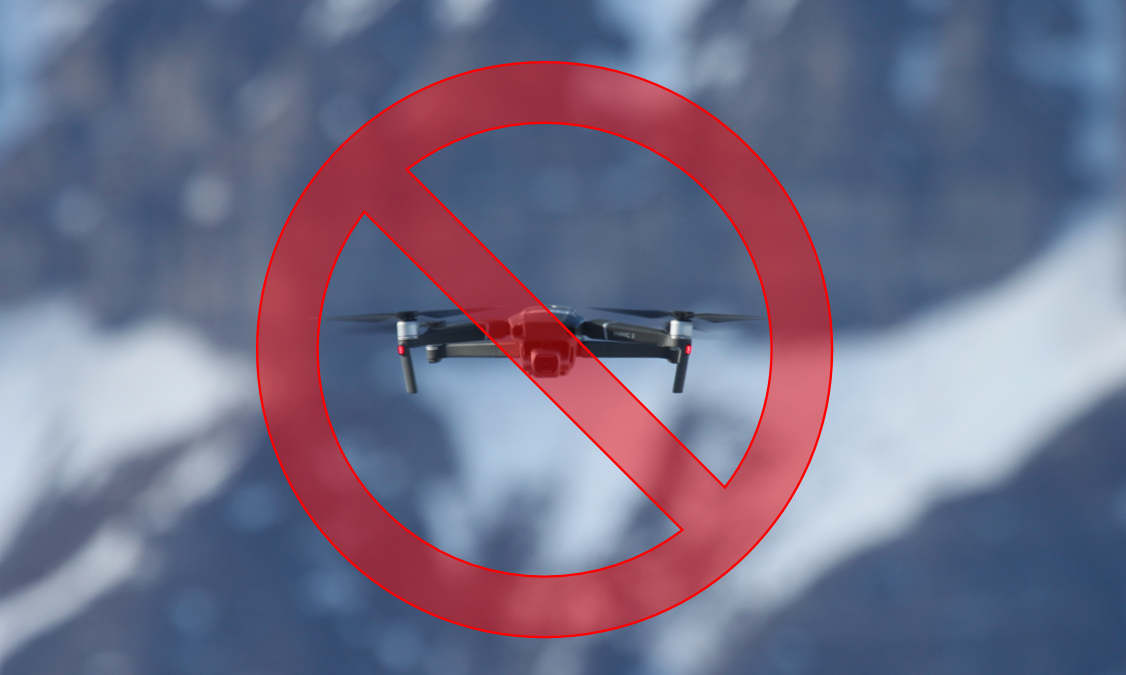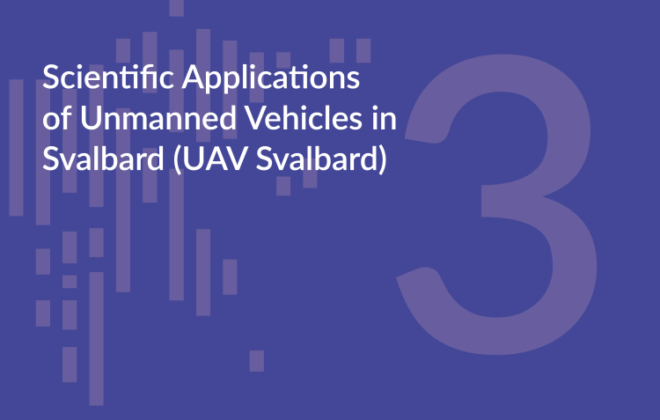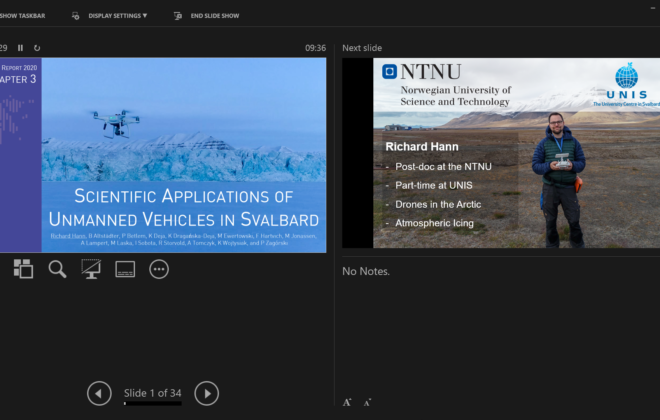Are drones going to be banned from Svalbard?
A new legislative proposition threatens the use of aerial and marine drones in Svalbard. The proposal to the Svalbard Environmental Protection Act introduces a ban of drones in all protected areas in Svalbard. Scientific drone applications could be severely hurt by this regulation. I am planning to prepare a statement from the scientific drone community arguing for less strict rules for researchers.
Unmanned systems have become an essential tool in many research fields – especially in the Arctic. For example, we use aerial drones to map glaciers, count reindeer, monitor vegetation, and climate change monitoring.
The Norwegian Environmental Agency (Miljødirektoratet) has made a new proposal to the Svalbard Environmental Protection Act which essentially bans drone use in most areas in Svalbard. The proposal introduces a series of new regulations to limit human impact in nature conservation areas. The proposed rules affect motor traffic, campsites, sea traffic, tourism – and drones. In particular, the proposition suggest the following addendum:
“Prohibition against unmanned remotely operated devices (drones), etc. It is prohibited to use unmanned vessels (drones) and other remotely operated or autonomous unmanned devices in the air, on the ground, on and under water.“
Ever since I first set my foot on Svalbard, I was deeply touched by its raw nature and beauty. Therefore, I strongly support efforts to reduce local emissions and limit human impact. I think the proposition has several good ideas and is suggesting much-needed regulations, especially on limiting the footprint of tourism. However, I believe that the proposal in its current state is not aware of the consequences the drone-ban would have for research. Research, which incidentally is contributing to understanding how important it is to protect the environment and which helps us learn about the effects of climate change. You can read more about the scientific applications of drones in Svalbard and an overview of published papers in the 3rd SESS Report.
The proposed regulations would effectively ban the use of drones in large parts of Svalbard. Approximately 67% of the terrestrial area and 88% of the coastal area in Svalbard is protected and would be affected by the drone ban. There are several research sites which would be affected by this, for example the Krossfjorden area, the tidewater glaciers in Isfjorden, the Polish research station in Hornsund, and many more. There are areas that scientists have been monitoring for many years and where drone-based observations are adding substantial value.
“Drones can also still be used for research and monitoring but require an application and permit from the Governor of Svalbard in protected areas and areas closer than 500 meters to bird cliffs in nesting season.”
The proposition opens up to the use of drones by requiring a dedicated application for exception from the ban. While this sounds like a feasible option, in practice it actually puts a heavy burden on researchers. Preparing applications for permit takes considerable amounts of time (and thus research money). Effectively, this puts a significant “tax” on scientific drone usage that will cut into our already limited research funds for years to come.
Timing is also an issue. From my experience, processing the applications on the side of the Governor of Svalbard can long time (weeks, even months). This removes a lot of the flexibility that is often needed in science. It also adds a lot of uncertainty when planning fieldwork. It is also unclear on what basis the Governor will make their decision and if it will be possible to appeal the decisions.
In summary, the proposed regulations have the potential to severely impair many scientific projects in Svalbard and limit our tools. Important research sites may not be accessible anymore and long-term monitoring campaigns may be interrupted. Administrative work will be placed on us researchers that will eat into our budgets, increase our workload, and add uncertainty to our plans.
I think it is important that the scientific drone community addresses these important issues and highlights the negative consequences the proposal is going to have on our work. I am planning to organize a meeting for scientific drone users (aerial, surface, underwater, …) to discuss further steps and actions. One of the main goals will be to prepare a statement for hearing with the deadline of 03.02.2022 arguing for less strict regulations for researchers. If you would like to be part of the discussion and keep being informed, please reach out via email (richard.hann@ntnu.no / Subject: Drone-ban in Svalbard).
Further reading
Detailed background information
Proposed regulations affecting drones




